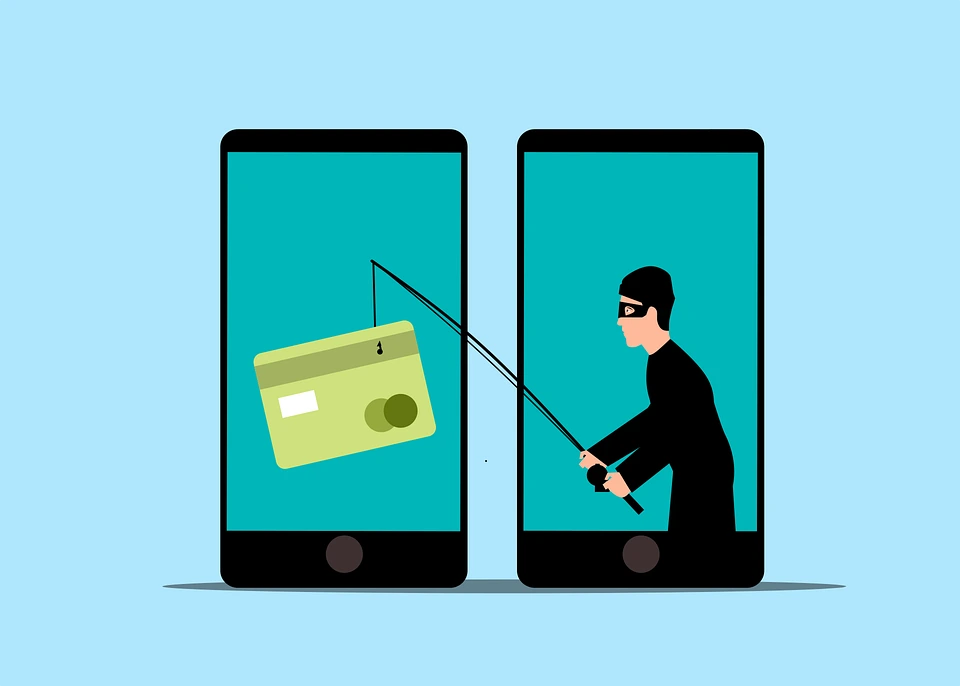Don't Get Hooked: How to Recognize and Avoid Phishing Emails
More and more phishing emails are being sent out, each with various purposes aimed at compromising your personal information and security. Understanding how to recognize and avoid these deceptive messages is crucial in today’s digital landscape.

What is Phishing?
Phishing is a cybercrime where attackers impersonate legitimate organizations or individuals to trick victims into providing sensitive information, such as usernames, passwords, credit card numbers, or other personal data. These attacks often come in the form of emails, messages, or websites that appear trustworthy but are designed to deceive.
Different Types of Phishing
Email Phishing: The most common form, where attackers send fraudulent emails that look like they are from reputable sources. These emails often contain links to fake websites or attachments that can install malware.
Spear Phishing: A targeted form of phishing where attackers customize their messages to a specific individual or organization, making them more convincing.
Whaling: A type of spear phishing that specifically targets high-profile individuals, such as executives or important figures within a company.
Vishing: Voice phishing, where attackers use phone calls to trick individuals into revealing personal information.
Smishing: Phishing conducted through SMS text messages, often containing links to malicious websites.
How to Spot a Phishing Email
Recognizing a phishing email can be challenging, but there are several key indicators to look out for:
Suspicious Sender Address: Check the sender’s email address carefully. Phishing emails often come from addresses that look similar to legitimate ones but may have slight variations.
Generic Greetings: Phishing emails often use generic greetings like “Dear Customer” instead of addressing you by name.
Urgent Language: Many phishing emails create a sense of urgency, prompting you to act quickly without thinking. Be wary of messages that claim your account will be suspended or that you need to verify your information immediately.
Poor Grammar and Spelling: Many phishing attempts contain grammatical errors or awkward phrasing. Legitimate organizations typically proofread their communications.
Suspicious Links or Attachments: Hover over any links (without clicking) to see the actual URL. If it looks suspicious or doesn’t match the supposed sender’s website, do not click it. Be cautious with attachments, especially if you weren’t expecting them.
Requests for Personal Information: Legitimate companies will never ask for sensitive information via email. If you receive such a request, it’s likely a phishing attempt.
What to Do After Spotting a Phishing Email
If you identify a phishing email, take the following steps:
Do Not Click Links or Download Attachments: Avoid interacting with the email in any way that could compromise your security.
Report the Email: Most email providers have options to report phishing. Use this feature to alert your provider and help protect others.
Delete the Email: After reporting, delete the email from your inbox to prevent accidental clicks in the future.
Change Your Passwords: If you suspect that you may have inadvertently provided your credentials, change your passwords for affected accounts and enable two-factor authentication where possible.
How to Stop Getting Phishing Emails
While it’s impossible to eliminate phishing emails entirely, you can take steps to reduce their frequency:
Use Spam Filters: Ensure that your email provider’s spam filters are enabled. These filters can help catch and redirect phishing attempts before they reach your inbox.
Be Cautious with Your Email Address: Avoid sharing your email publicly on social media or websites, as this increases the risk of being targeted. Consider using temporary email addresses for one-time sites to protect your data.
